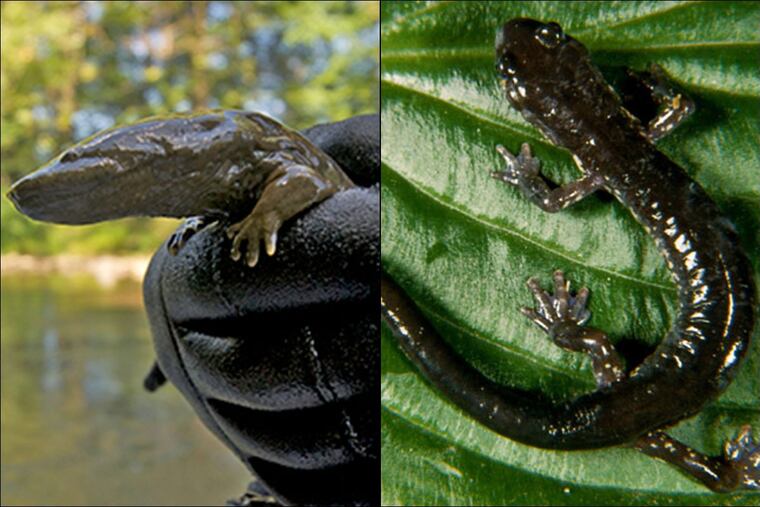Seriously? Battle looms over Pa. state amphibian: Hellbender vs. Wehrle's
The Eastern hellbender - an odd critter that has inspired vivid nicknames, such as snot otter, devil dog and mud devil - was poised for a promotion when an overwhelming majority of the Senate voted in favor of its becoming the state's Official Amphibian.
